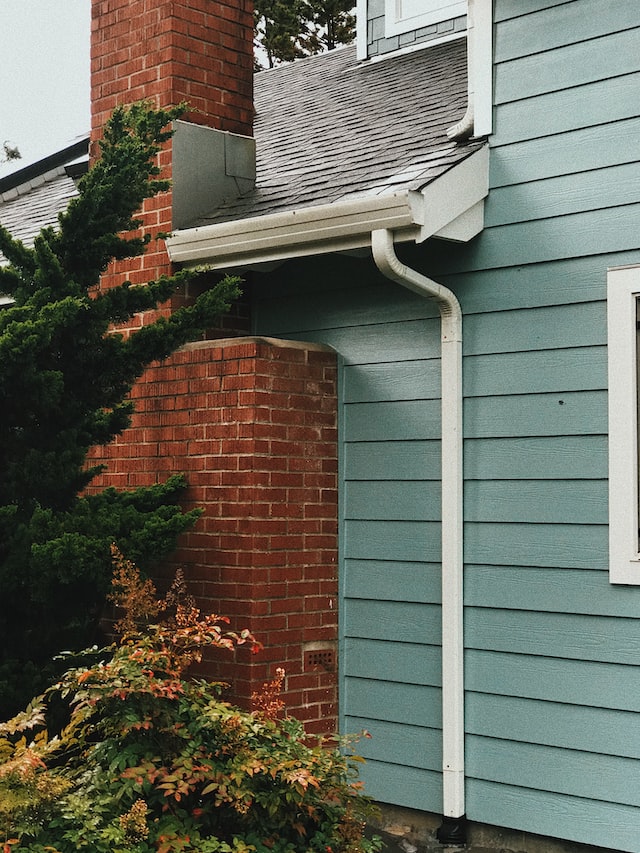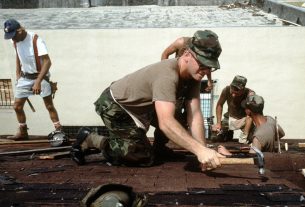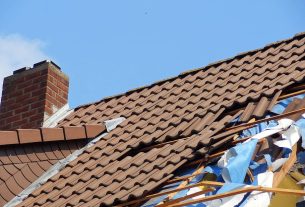What Eavestrough Installation Is All About
Eavestroughs are essential to efficiently evacuate the rainwater that runs off the roof of your house. They are made of different materials: PVC, copper, zinc, aluminum or steel. The type of material influences the life span of the eavestrough and the aesthetics of the roof and the house. Aluminum or PVC eavestrough? Each material has its own advantages.
Which eavestrough is best suited for draining rainwater from your roof? Which material should you choose for the installation of eavestroughs? We answer all your questions in this article. Also, discover all the good reasons to call a specialized company to install eavestroughs.
What are the components of an eavestrough?
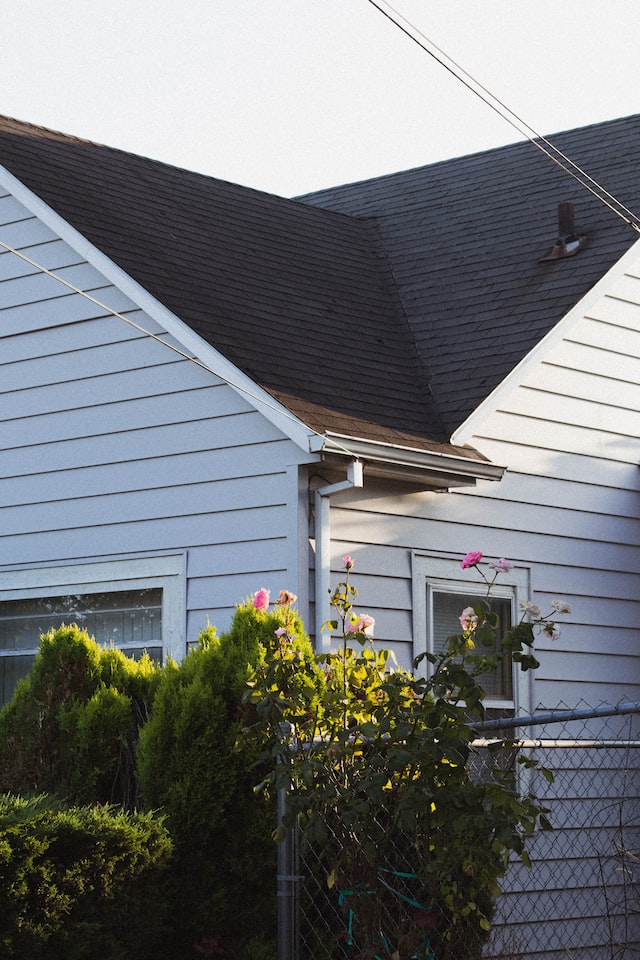
Made up of horizontal and vertical elements, the eavestrough is composed of various accessories:
- Eavestrough hooks or screws.
- Corner connectors: for 3 or 4-sided roofs.
- Eavestrough bottoms: for 2 or 1-pitch roof.
- The element to assemble the eavestrough to the drain.
- Expansion joints.
- Other secondary accessories can be added to the list: elbows, caps, tubes, manholes, and rainwater collectors.
The type of material, a determining factor
Here are some elements to help you make your choice:
PVC eavestrough: resistant to chemicals and is light and easy to install. It is only suitable for a hanging installation. It should be renewed every 10 to 15 years.
The steel eavestrough: it is installed in a hanging or crawling way. This type of eavestrough resists well to climatic variations and can support the weight of ice.
Zinc eavestroughs: as resistant as steel eavestroughs, they are more aesthetic. There is no need to plan renovation work since it has a lifespan of 30 to 40 years.
Aluminum eavestroughs: modern and aesthetic but also more complex, the installation of aluminum eavestroughs requires the services of a professional craftsman.
Copper eavestroughs: this is one of the most expensive eavestroughs. It must be installed by a company.
2 types of installation of eavestroughs
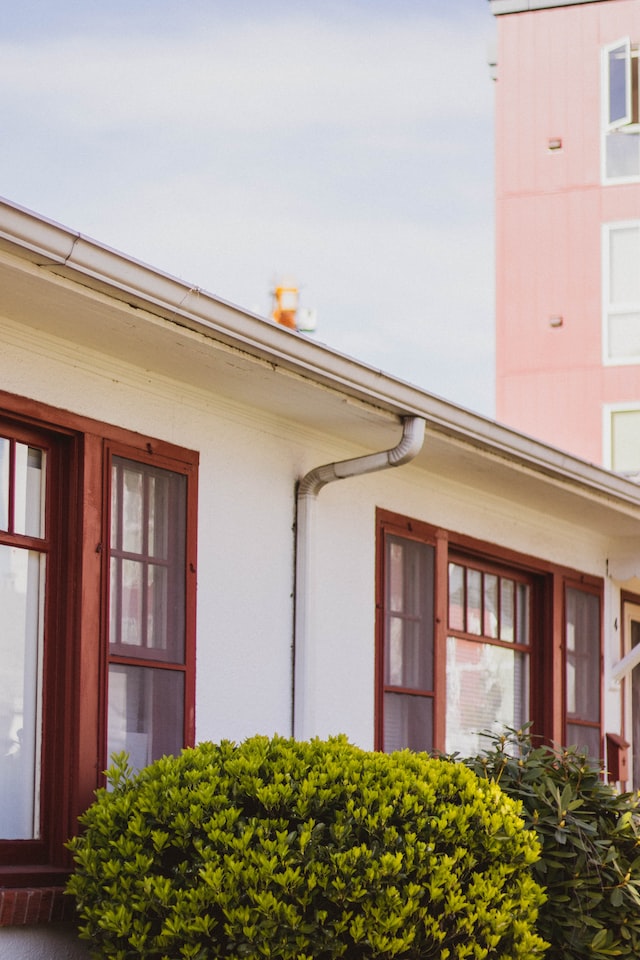
There are two types of gutters, depending on the roof model, the material and the model of gutter used in your municipality:
The hanging eavestrough: the most common model, it is fixed by hooks to the rafters or fascia boards. Its finish (half round, square…) depends on the slope of the roof. More elegant because it is integrated into the roof. However, the hanging installation is also more expensive. It consists of hanging the half eavestrough on the end of the rafters placed on the roof.
The railing eavestrough: placed on the roof ramp, in zinc or aluminum, the railing gutter is intended for steep roofs.
Call a pro
The work doesn’t stop there! Regardless of the type of installation, you will also need to install a closed downspout to allow water to drain to the ground because water from the downspout can flow into your neighbour’s house. Eavestrough installation work requires adapted equipment, hooks, ladders or scaffolding. Rather than DIY, you can directly call a company for professional installation, replacement or repair. Why? A professional company will take care of the renovation or replacement work in complete safety. They will also be able to give you a more precise idea of the price of your eavestrough installation or replacement project by providing you with a detailed estimate.
Here are some additional elements to help you see more clearly:
- The price for the installation of a zinc, steel or PVC eavestrough is calculated per linear meter;
- The price for installing an aluminum or copper eavestrough is also calculated per linear meter. Note this is no easy DIY task, so only a professional can do this work.
The choice of the eavestrough type may be subject to regulations specific to each municipality. Always remember to find out which material or system is authorized for your home.
